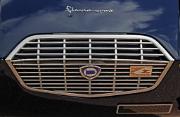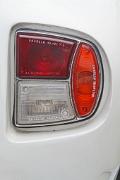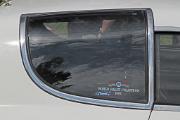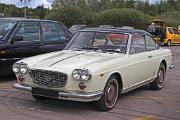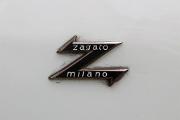
aa Lancia Flavia 1967 Sport Zagato badgez
Lancia Flavia Sport Zagato - badge for Carrozzeria Zagato who built the Flavia Sport Zagato
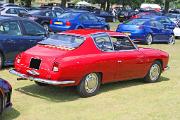
Lancia Flavia 1964 1.8 Sport Zagato rearr
Lancia Flavia 1.8 1964 Sport Zagato, body designed by Ercole Spada at Zagato
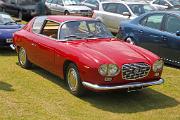
Lancia Flavia 1964 1-8 Sport Zagato front
Lancia Flavia 1.8 1964 Sport Zagato, designed by Ercole Spada .
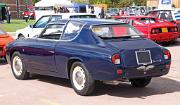
Lancia Flavia 1967 Sport Zagato rear
Lancia Flavia Sport. Built by Carozzeria Zagato, the Ercole Spada design had many unique features such as the rear side windows that wrapped into the roof, and the opening rear window that was power driven.
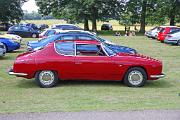
s Lancia Flavia 1964 1.8 Sport Zagato sider
Lancia Flavia 1.8 1964 Sport Zagato, powered by 1,800cc Boxer Four engine

s Lancia Flavia 1967 Sport side
Lancia Flavia Sport. Zagato got Ercole Spada to design the extraordinary Flavia Sport. His aluminium body saved 100 kilos on the weight of the saloon, and had much better aerodynamics.
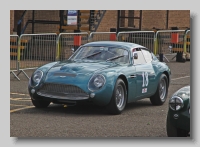
Aston Martin DB4 Zagato 1961 front
Aston Martin DB4 Zagato. Ercole Spada had only just joined Zagato when he produced this design.

